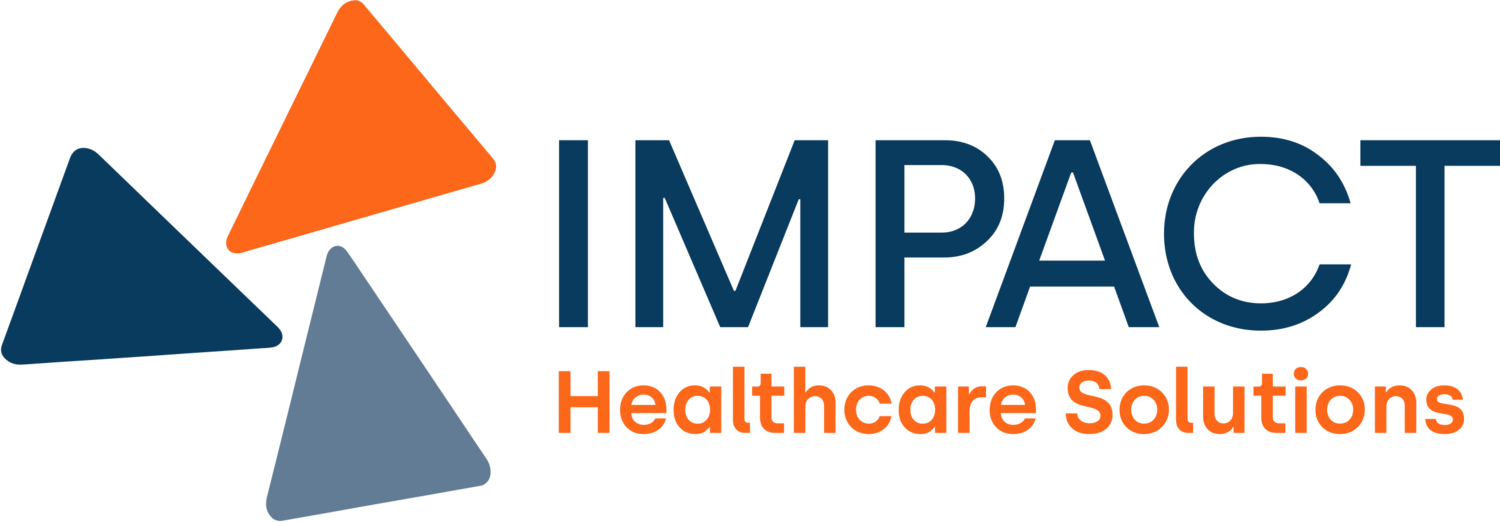Three Strategies to Successfully Collect from Patients
It’s one of the most dreaded jobs at any facility, the need to ask for money from your patients. Everything starts at the front end of the revenue cycle. Deductibles are rising, which is causing more medical costs to shift toward the patient’s responsibility. As that change occurs, providers are struggling to get reimbursement as high out-of-pocket spending can be hard to collect from patients. As patients take on more financial responsibility, it will be important to stay on top of patient balances to ensure the facilities fiscal health. Here are three strategies that can help you successfully collect from patients.
Educate and Communicate with Patients
Education is the foundation for successful account resolution. Patients are often confused about what they are being billed for. This is a key reason why they do not pay. Being able to accurately educate and communicate with your patients about their bill greatly reduces the chance that they will ignore their bill. Individuals that sign up for insurance on a health insurance exchange may think they have full coverage but actually have a large deductible. This can be a massive shock if they receive a medical bill they weren’t expecting. If a patient is aware of their co-pay or deductible, they can prepare themselves before any procedures are done. When a patient is happy with their experience, understands the cost of the treatment, and gets great results, they are more likely to pay their bills promptly.
Collection at Time of Service
According to Becker’s Hospital review, “the odds of patients paying their bill after they leave the hospital is often lower than if they provide payment right away”. Make sure to collect coinsurance, co-pays, past due balances and projected deductibles at time of service. Facilities can altar the simple question of “Would you like to pay today?” to one that encourages patients to make the payment on that day of service.
Integrated Statement and Payment Systems
A properly integrated patient statement and payment system simplifies the billing and collection process for the patient and the facility. Once the patient receives their statement, by mail or email, the patient can then follow the instructions with their mobile phone or with a link provided. By doing this, the patient can resolve their amount due within minutes.
Education and communication with patients, collection payments at time of service, and integrating statements and payment systems are the three strategies presented today. There are many more strategies that can be used to increase cash flow.
Just remember, a happy patient is more willing to pay than a non-happy one.
Written By: Melanie McGivney, CHFP, CRCR, RH-CBS, CAH-CBS
LinkedIn: Melanie McGivney
